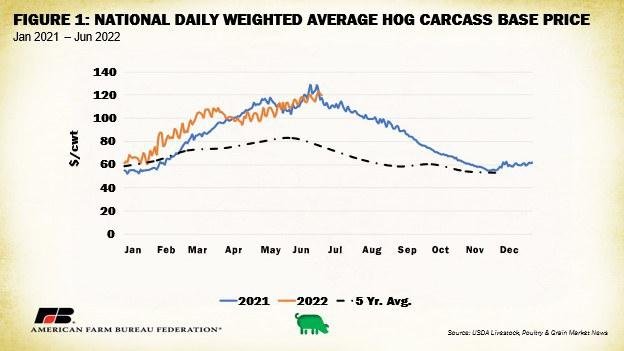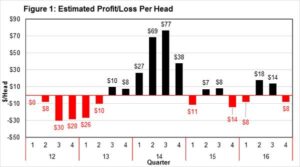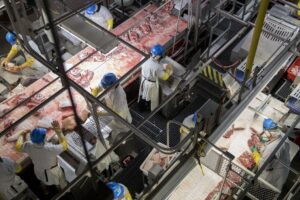
What’s The Risk of Doing Nothing About Pork Demand?
The pork industry stands at a crossroads. Recent market analyses reveal declining consumption patterns that should alarm producers nationwide, yet many continue business as usual. Doing nothing about falling pork demand presents multifaceted risks that extend beyond immediate revenue concerns.
Consumer preferences have shifted dramatically over the past decade.Survey data from industry watchdogs indicates a 4.7% decrease in household pork purchases since 2019, a trend that accelerates among younger demographics. This exodus of potential buyers represents not merely a temporary blip but perhaps a generational sea change in meat consumption habits.
Option proteins have muscled their way into traditional pork territory. These plant-based interlopers captured $7.4 billion in global sales last year, emboldened by marketing campaigns that tout health advantages. Pork producers who disregard this encroachment do so at their peril. Ignoring the competition won’t make it disappear.
The most perturbing aspect of demand erosion is its stealth nature.Unlike production challenges which manifest tangibly in operations, demand shifts occur incrementally, almost imperceptive until they’ve reached critical mass. By then, market share reclamation becomes exponentially more arduous and costly.
Industry veterans remember the “Other White Meat” campaign which successfully repositioned pork in consumers minds during the 1990s.That effort cost approximately $53 million annually over several years, which adjusted for inflation, would equate to nearly $100 million today. Waiting until demand crisis strikes would necessitate similiar investment magnitudes, funds that many producers cannot readily marshal.
Market research from SmithField Partners indicates that 67% of modern consumers make protein choices based primarily on perceived healthfulness, while only 42% considered this factor dominant a decade ago. The industry has done little to counter misconceptions about pork’s nutritional profile, allowing competing proteins to dominate the health narrative.
Export dependencies compound the risk. Foreign markets now absorb roughly 26% of U.S.pork production, creating vulnerability to geopolitical disruptions, sudden tariffs, or shifting international preferences. Without robust domestic demand as a safety net, the industry rests precariously on shifting international sands.
The production infrastructure currently in place was designed for higher volume throughput than current trajectories suggest will be necessary. This excess capacity, if left unaddressed while demand continues its downward trend, will force painful consolidation and certain producer attrition. Small and mid-sized operations would bear the brunt of this contraction.
What’s particularly confounding is the tendency for industry stakeholders to focus exclusively on supply-side efficiencies while neglecting demand generation.Both aspects require equal attention in a balanced market approach.
One producer from Iowa told reporters at the National Pork Forum, “We’ve spent millions perfecting our production methods while spending pennies on understanding what consumers actually want.” This observation underscores a essential asymmetry in resource allocation that plague the industry.
Doing nothing about demand decline isn’t merely passive—it’s actively harmful. Every quarter without substantive action allows competing proteins to further cement their position in consumer mindshare. The cost of inaction compounds annually, making eventual intervention increasingly less effectual.
The most prudent path forward involves extensive demand revitalization strategies coupled with production adaptations. Successful approaches would incorporate consumer education initiatives, product innovation that aligns with contemporary preferences and collaborative marketing efforts that transcend individual producer limitations.
Industry leadership must recognize that production excellence alone cannot sustain the sector. Without corresponding excellence in market development and consumer engagement, production efficiencies merely optimize a shrinking enterprise. The risk of doing nothing isn’t merely stagnation—it’s managed decline.





